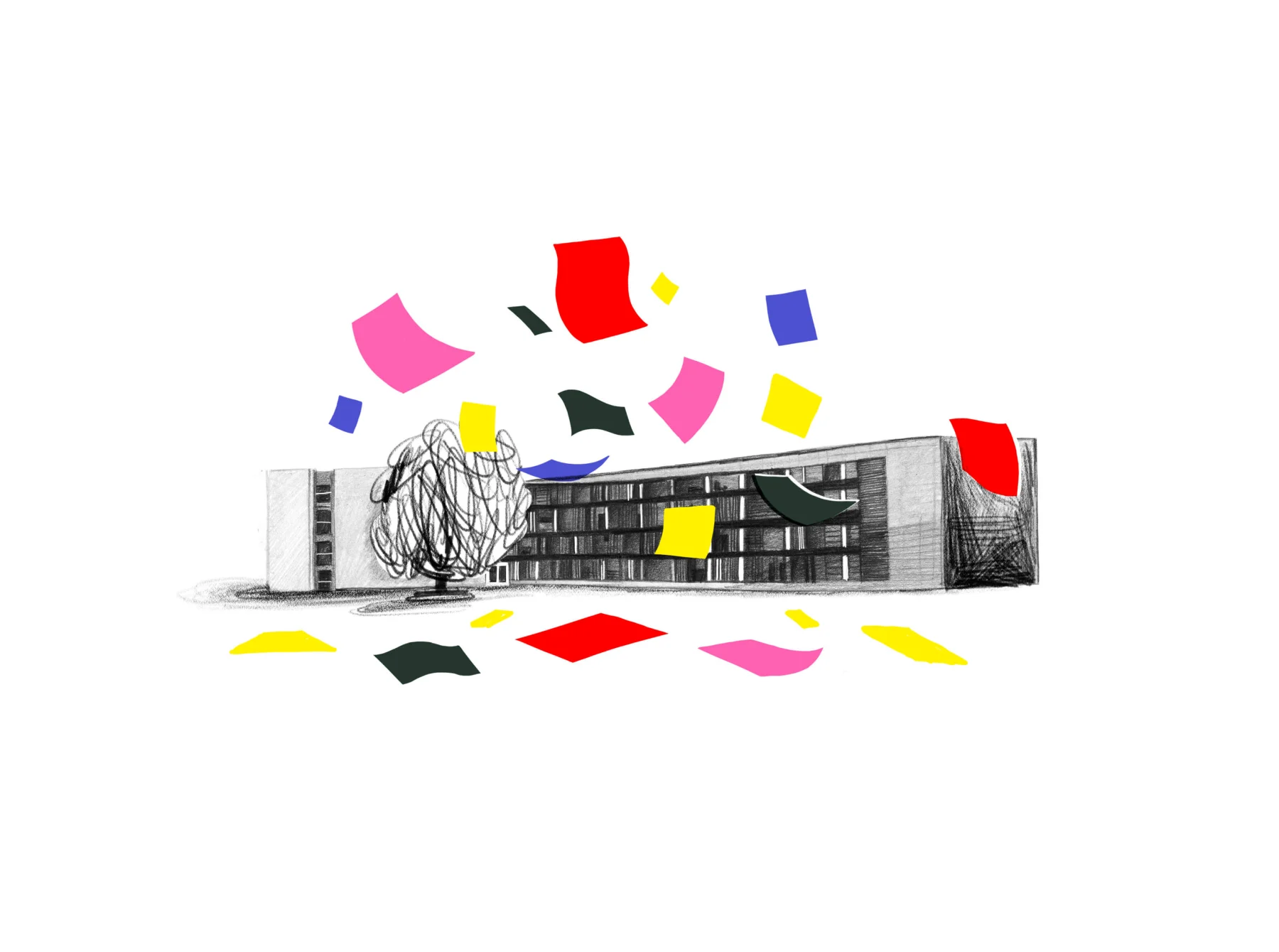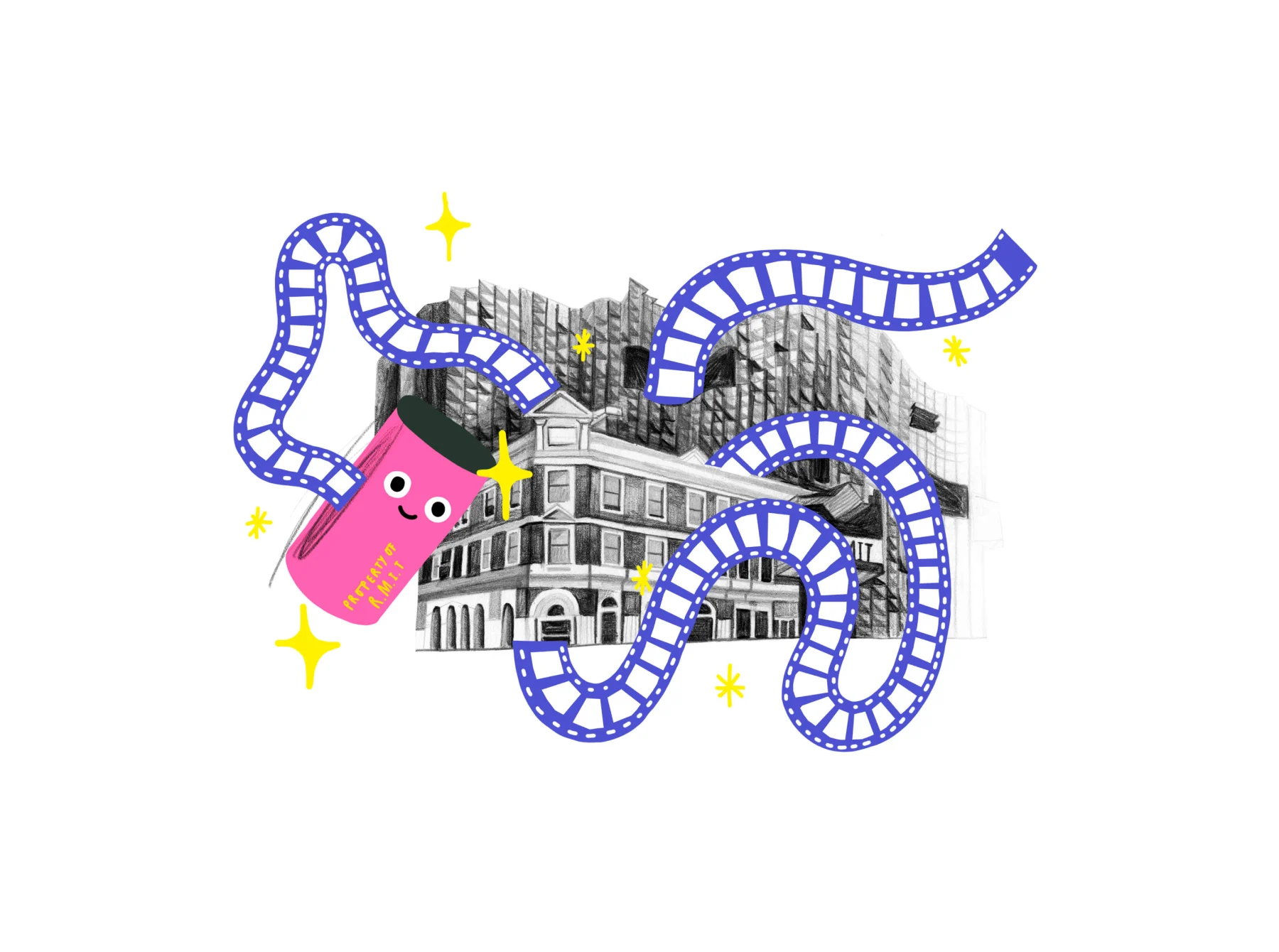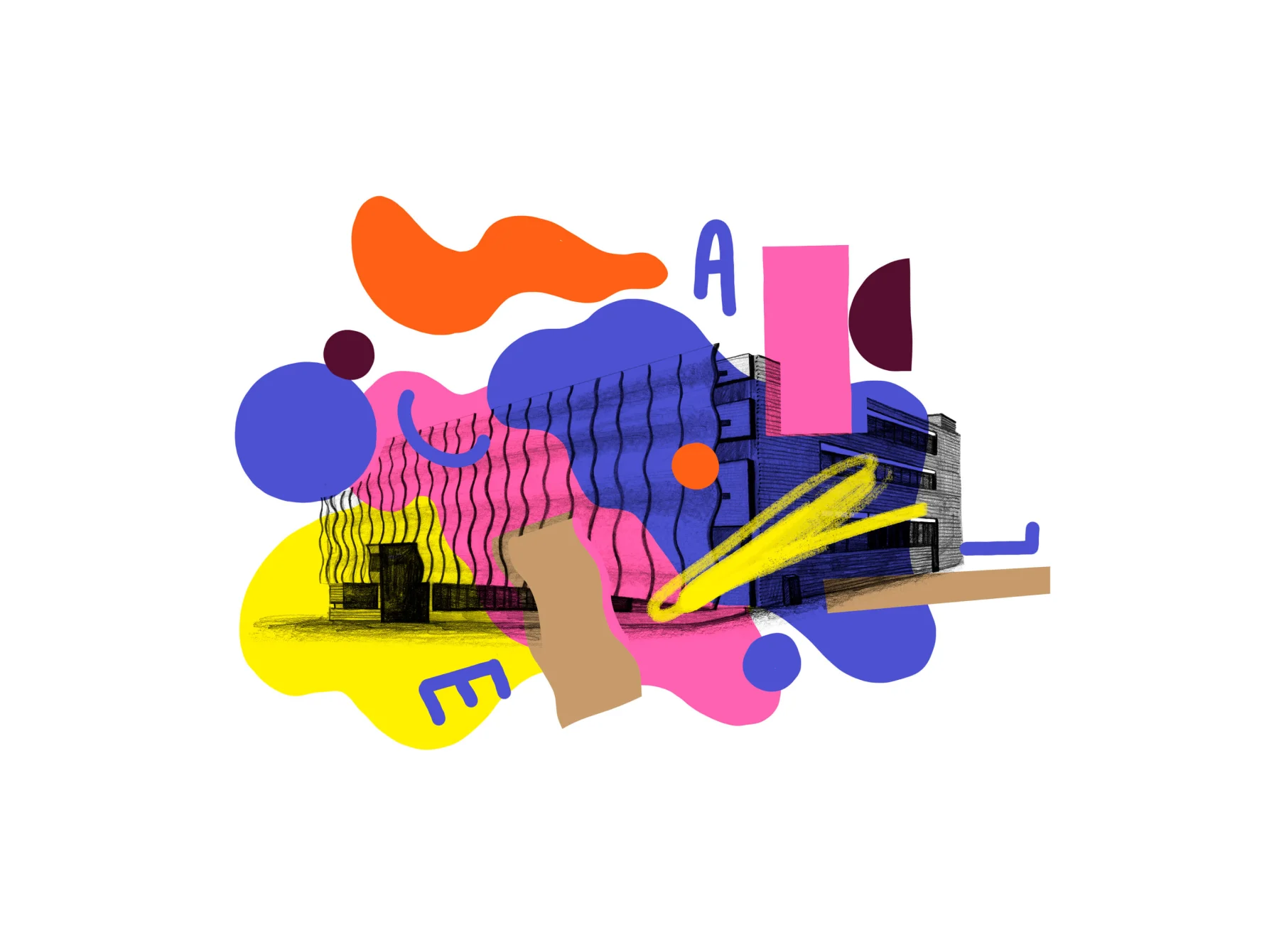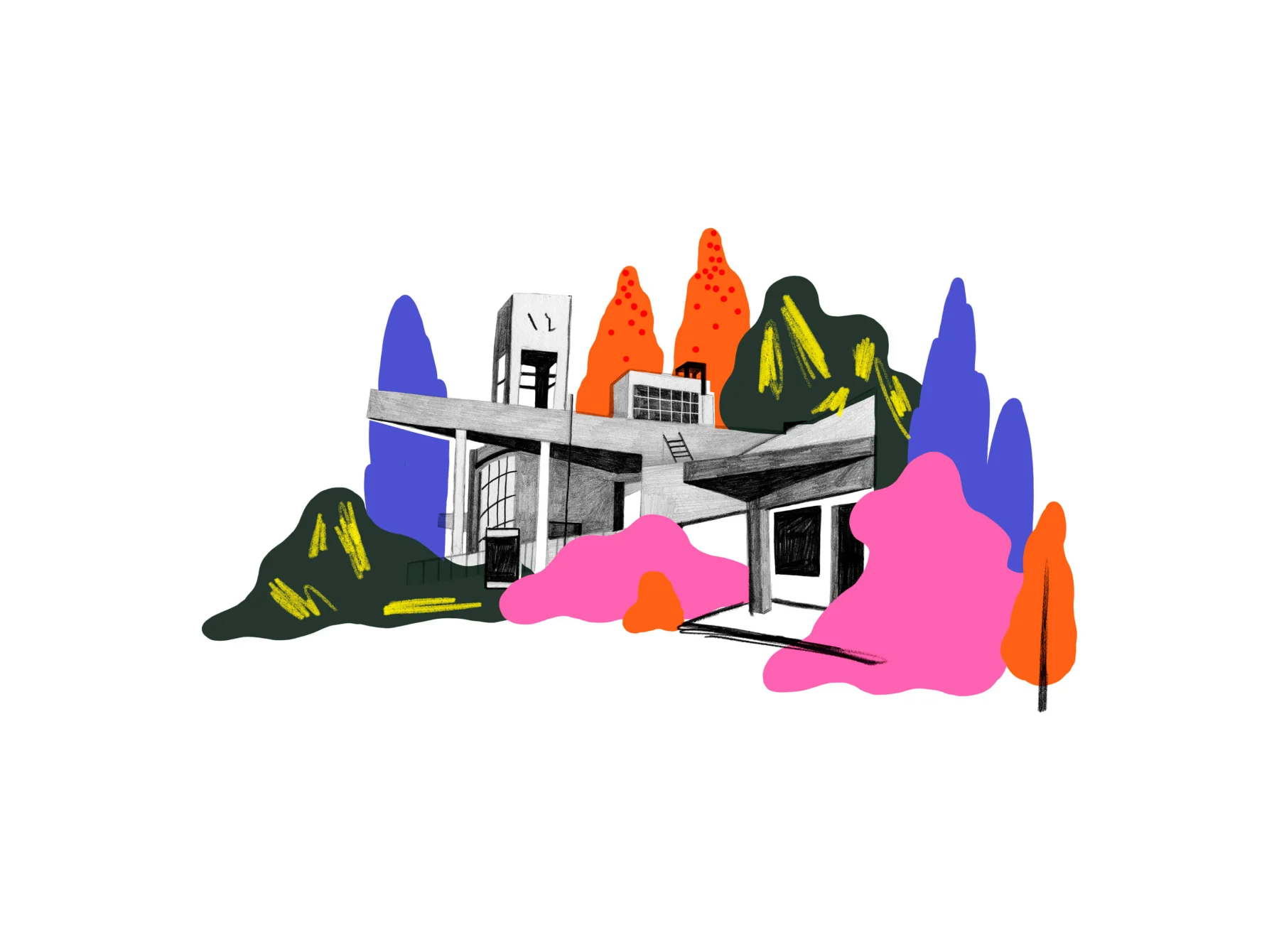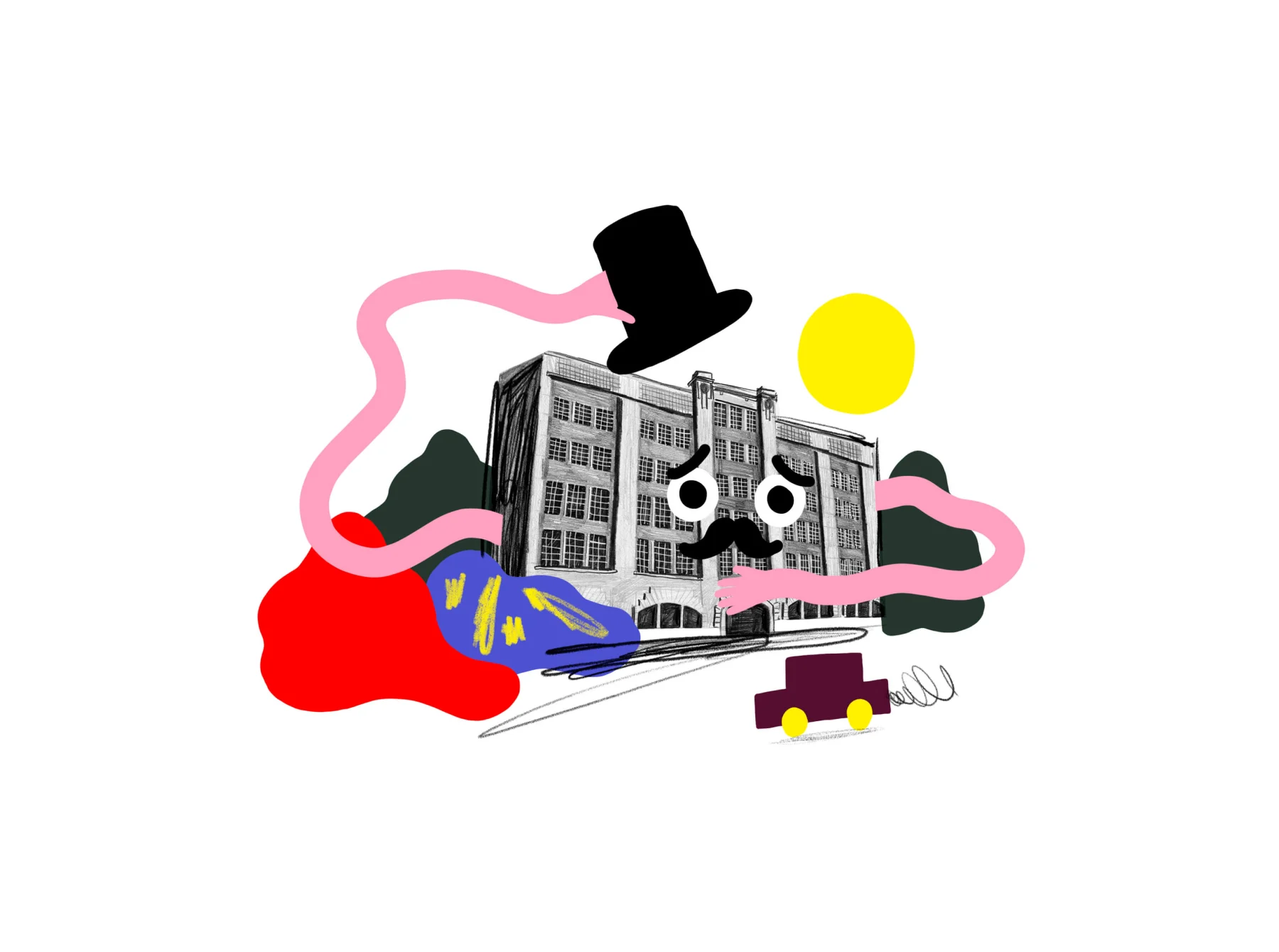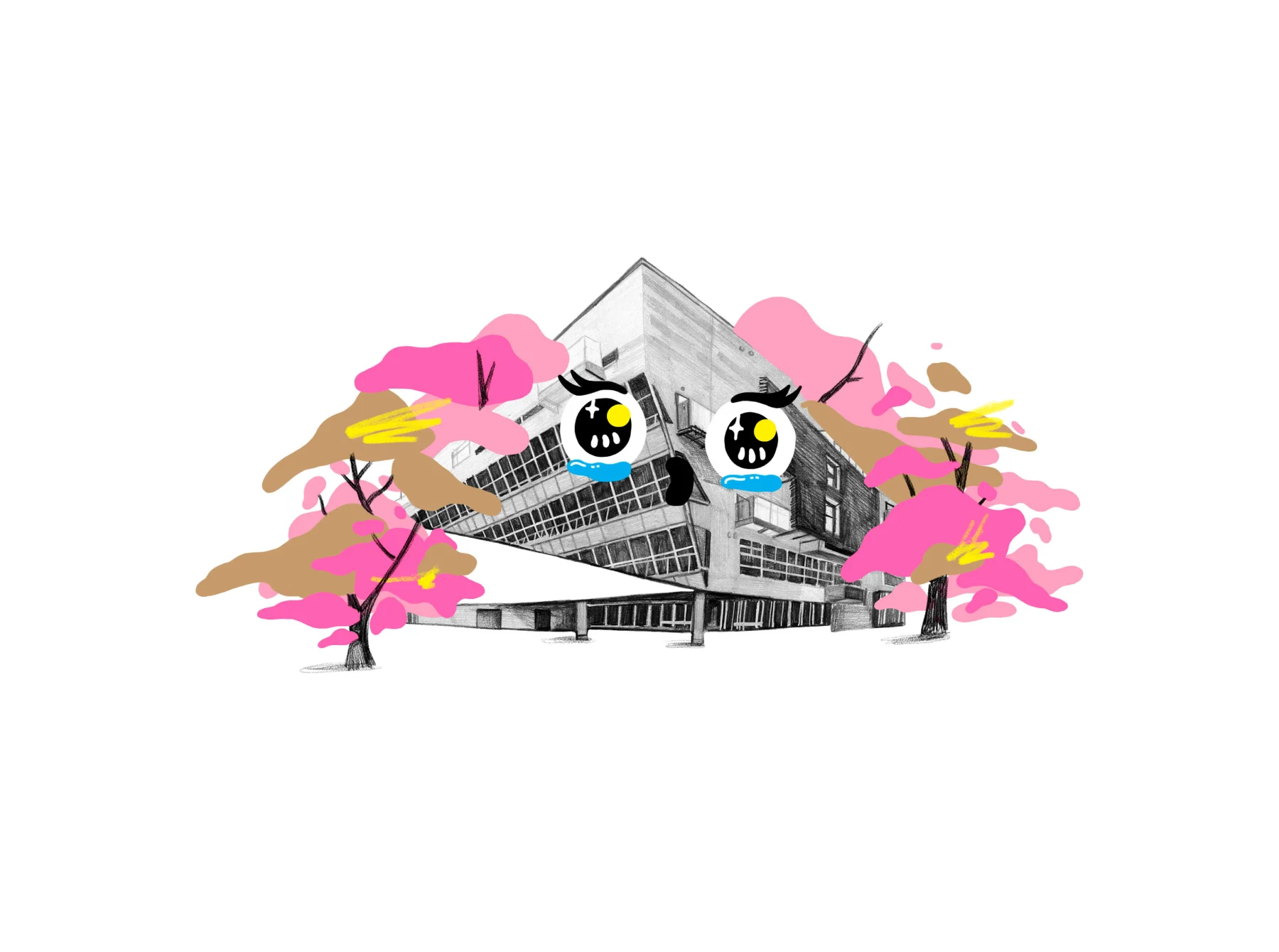

Creative education is vital. But creative education is, in places, broken. So WeTransfer has long been interested in supporting new types of programs.
It’s why we helped Nelly Ben Hayoun launch The University of the Underground, a free masters course that uses design thinking to challenge the way the world works.
From there, we developed the Pioneers list. Working with our pals at Creative Lives in Progress (formerly Lecture in Progress), we have identified eight schools around the world who deserve credit for doing things differently. See the whole list here.
“Games are teachers,” Jakob Berglund Rogert says, director of studies at Uppsala University’s department of game design. “You can make people understand complicated and abstract things that aren’t necessarily visible to the eye, things that take a lot of explaining.”
A game designer himself, it’s something Jakob has experienced first-hand. “I played Civilization – you can’t learn exactly where a certain religion was formed or when a king died, but you do learn things like how important it was to found your city close to water. That’s one of the patterns you can easily explain using a game system.”
Also (neatly) close to water is the university’s Gotland campus, where the department is based. Located on a small Baltic island just 90 kilometres off Sweden’s mainland, Gotland is the best-preserved medieval city in Scandinavia.
“It’s definitely like walking around in a gothic computer game,” Jakob says. “You’re surrounded by an actual medieval wall and church ruins. It’s incredibly calm in the winter; if you want to focus on your studies, this is the perfect place because you could walk down the main street of the town and not see anyone.”

Uppsala was the first university in northern Europe, but the University of Gotland was one of the first to offer undergraduate degrees in game design in 2002. In 2013, the two institutions merged, and today, it hosts four undergraduate programmes in game design, covering graphics, programming and project management.
If this sounds like an unlikely location to find a video games course, a look back at Sweden’s history suggests that it’s not wholly unprecedented. As Jakob explains, the country’s high density of broadband infrastructure meant that by the 1990s, the Swedish government could subsidize the cost of computers for families. This quickly introduced a younger generation to coding and technology.
“It caused a surge in young people who suddenly started understanding how to make new games and who began starting small studios.” From then, as Jakob describes, “it sort of exploded and became what is currently the Swedish games industry.”

The curriculum is formed much like a video game in itself, with students progressing on to different levels of difficulty.
Today, Sweden boasts the second-highest concentration of video game studios in the world, and its impact is such that – according to the 2017-2018 Swedish Game Developer Index – Swedish games reach every tenth person on the planet. Alongside game giants like DICE (EA) and Massive (Ubisoft), a range of smaller start-ups and incubation programmes have also emerged.
The country has attracted much attention, mostly for having birthed iconic success stories like Candy Crush and Minecraft. The games were created by King and Mojang respectively, which now account for two of Sweden’s five ‘unicorn’ companies – a term for start-ups worth more than a billion dollars. Stockholm in particular has been reported as rivalling Silicon Valley when it comes to successful digital enterprises.
But with competitive institutions in the US, as well as Canada, the UK and Finland, what else (apart from its location) makes Uppsala’s course stand out? The university’s first point of difference is in the name of the course itself.

Game design is such a craft that a lot of students focus on the creation, but sometimes we forget to reflect on why we’re making something.
“A lot of departments look at game design from a media studies or from a computer science perspective, but we have an actual subject that is called games design,” Jakob explains. As part of the university’s faculty of arts, students sit alongside those from gender research and philosophy, narratologists and pedagogists, giving designers and developers the opportunity to work in areas such as medicine and psychology. The university also hosts a summer school in serious games where they teach the likes of biologists and physicists – “People with skills that can actually save the world,” Jakob says.
So if games themselves can serve as teaching tools, how do you teach aspiring game designers to do this effectively? For Jakob, one of the most important things students need to be equipped with is “some kind of ethical backbone.
“Since you’re making a mass product, you have a responsibility toward the world that you are communicating with. If you’re going to disrupt order you need to have thought about it long and hard. Game design is such a craft that a lot of students focus on the creation, but sometimes we forget to reflect on why we’re making something.”

So right from the outset, students are taught to design with intent – starting with paper prototypes. “The first games are very basic. You have to modify a card game to meet an emotional condition,” Jakob explains.
But the process of doing so is anything but basic. “This is a rather terrible experience, actually. Because I’m giving students one hour to come up with an idea and then start testing. They need to fail very quickly and not get bogged down in discussions. They are all trying to reach an emotional obstacle.”
Uppsala’s holistic training provides students with a blend of theory, skills and practical training. And the department prides itself on its “flat” organization, where easily-accessible teaching time with faculty is complemented by peer-to-peer learning. “Our student groups are quite independent. They are responsible for everything from planning to deciding when the team should have an ice cream break.”
I’m giving students one hour to come up with an idea and then start testing. They need to fail very quickly and not get bogged down in discussions.

Students at Uppsala aren’t taught in so much of a studio environment, but set up their own team environments in breakout spaces, where they’ll conduct stand-up meetings during several weeks of production. What they’re being taught goes beyond hard skills; they need to be ready to fail, and to persevere.
“Throwing four people together with a project manager who is just learning group dynamics is sometimes volatile. People might become frustrated with each other, but they’re going to do that eventually when they land a job," Jakob says. "I don’t know if that’s the right approach, but at the moment, it’s the one we’re taking.”

The curriculum is formed much like a video game in itself, with students progressing on to different levels of difficulty. From paper prototypes, students go on to create shoot-em-up games as well as a physical arcade project in multidisciplinary groups. Exhibited at the school’s own conference, GGC (Gotland Game Conference), some 30 industry veterans, academics and alumni provide feedback and award prizes.
This year alone, Jakob has seen games where players run steam trains by shovelling coal; games where players sit on evil thrones and cast spells; and a game that imagines life from a dog’s perspective.
Since the course’s inception in 2002, the gaming landscape has shifted, with more women studying game design, and more people playing games on different platforms – the target audience having grown beyond the assumed default of young men. On top of this is a surge in start-up and independent studios.

The GGC conference serves as an important trial run for this, where the physical exhibiting of games is crucial to selling your product or attracting publishers. “You can be a great designer; you can make really interesting games and come up with innovative concepts, but it’s important to be able to design games that also survive through the development process,” Jakob says.
“Regardless of how experienced you are, things will change; the game will mutate, every test will show another flaw in your original design.” This ensures that Uppsala’s students know not only how to build virtual worlds, but to survive in the real one too.
Words by Marianne Hanoun
Photos by Marta Vargas
Illustration by Jordan Andrew Carter
Name: Uppsala University, Department of Game Design
Location: Visby, Gotland, Sweden
Director: Jakob Berglund Rogert
Courses Offered: BA programmes in Game Design; Game Design and Graphics; Game Design and Programming; and Game Design and Project Management
Number of Students: 125 across the four courses
Fees: SEK 33000 / USD 3600
Notable Alumni: Joakim Andreasson, game designer at Paradox Development Studio; Kim Aava, 3D artist, and Karin Bruér, art director, both at Fast Travel Games; Niklas Norin, lead AI and combat designer at Avalanche Studios; Rabi Afram, QA development manager at King.
Website: http://www.speldesign.uu.se


